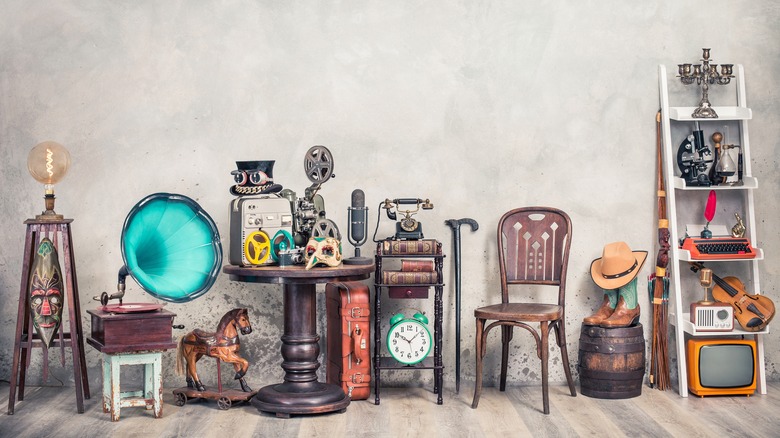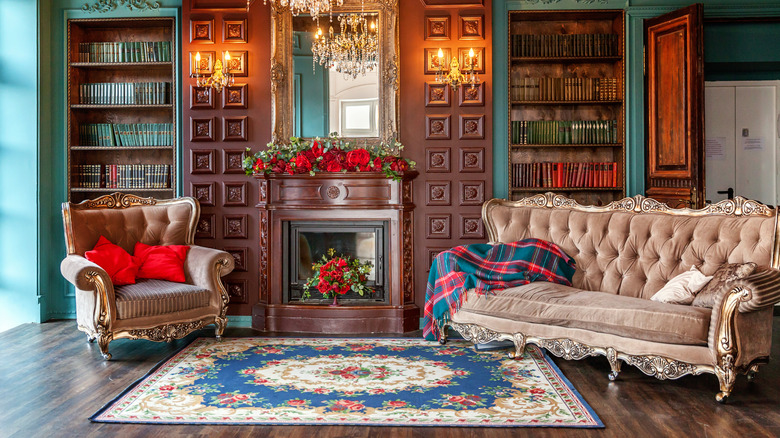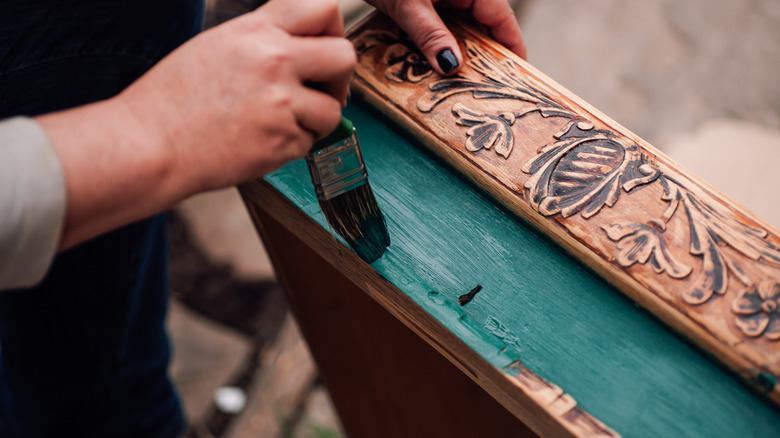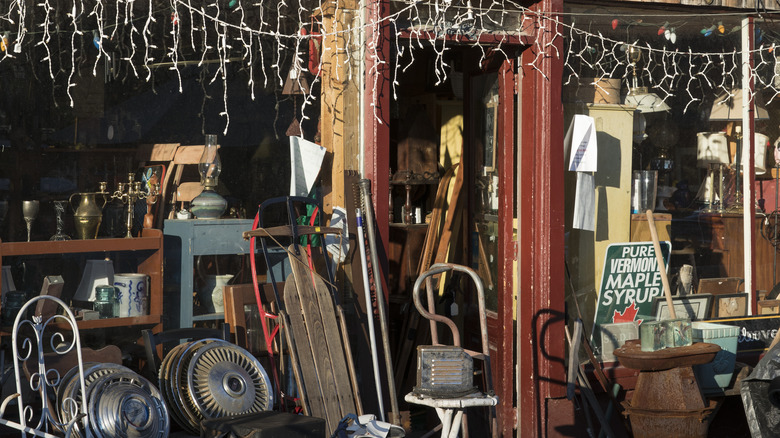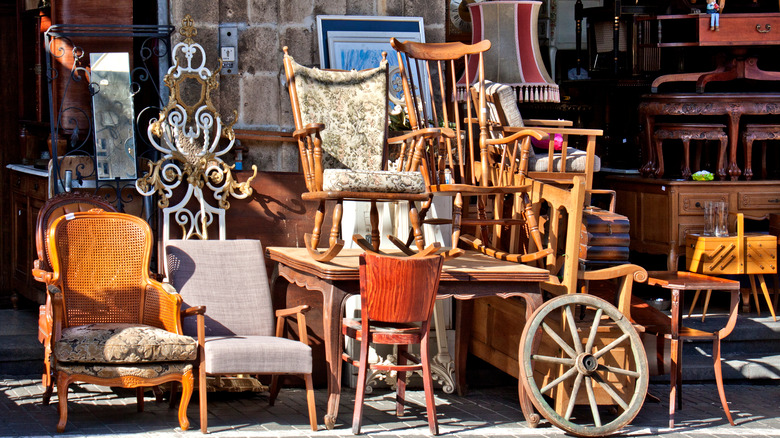How To Successfully Buy Antique Furniture For Your Home
You've been staring at that blank wall or empty corner for months. It's missing something unique that will tie the whole room together. You've checked out home store after home store and just can't find a piece you're in love with. If you're looking for a decor piece that no one else around you will have, it might be time to go searching for antique furniture. But buying antique furniture isn't quite like buying contemporary furniture.
According to Custom Home Group, there are a few issues you can run into when shopping for antique furniture, including sizing issues and potentially having to repair or restore furniture pieces. But there are also some great benefits to buying antique furniture like sustainability and high-quality craftsmanship. So whether you want to fill your home with antique furniture or just want to find an accent piece, knowing how to shop for antique furniture the right way can help you succeed.
Prepare beforehand
When it comes to antique furniture shopping, you should never go in without a plan. With traditional furniture shopping, you often have more options with size and color; if one piece doesn't work, you can easily find a similar piece in a smaller or larger size. The same piece of furniture can often come in a few color variations too. But with antique furniture, there aren't variations or options of the same piece. That makes the furniture unique, but it can also make finding the perfect piece a little bit harder.
Interior designer Stevie Storck writes on her blog that when antique furniture shopping you should go prepared with the dimensions of the space where the piece will be placed and a tape measure to measure potential pieces. This will let you know if the antique furniture will fit in your home before considering its other features. Stevie Storck also suggests taking a photo of the entire room to help you better picture the piece of furniture in the space.
It's all in details, quality, and damage
It's rare to find antique furniture in pristine condition. In most cases, you'll find pieces with at least some minimal damage. That's why Heather Bien says it's important to know the differences between surface flaws and structural flaws. A surface flaw is a scratch or a missing piece of hardware that most people will be able to fix, refinish, or replace fairly easily. Structural damage would be like a broken leg or broken drawer mechanism that would require more in-depth work to restore the piece. Before buying antique furniture, you should know the limits of your skills and stay away from pieces that are beyond what you can save.
Look for details on the antique furniture that will point to the quality piece. Fake wood and vinyl coatings are common, but they're not the best investment when buying antique furniture. Instead, look for solid wood to ensure the quality will last for decades. Details can also help you find something unique, so look for cool features on the pieces like wood inlay or cool hardware.
Educate yourself about different pieces
You can find almost any piece of furniture and decor when going antiquing, so it's a good idea to educate yourself about different pieces and what a quality piece of that type is like. With wood, dovetail joints are a good sign of quality, says One King Lane. This symbolizes that the piece was made by a skilled cabinetmaker rather than being mass-produced in a factory. For rugs, if it has an untied edge or excessive fraying, it's best to leave them behind.
Before heading out to look for antique furniture, do a little research about what makes a quality piece. You may even want to look for signs that a piece of furniture is rare or valuable, like seals, stamps, or signatures. Don't be afraid to get a close look and inspect the piece. Look underneath tables and inside drawers to find these markings and ensure you're getting a quality piece of antique furniture.
Know where to shop
The great thing about antiquing is that you have tons of options for places to visit, so if you don't find something the first place you go, you can check out another location. Antique stores, used furniture shops, and flea markets are great places to start. The Magnusson Group also suggests donation centers, estate sales, auction houses, online shops, and online auctions. Start by looking locally to see what's offered around your community. If you don't find anything there, check out nearby towns.
It's important to remember that shopping for antiques is often hit or miss. Inventory in these stores depends completely on the types of items they can source and receive. That means some areas may have better antique options than others, particularly affluent areas where you may find more high-quality or expensive pieces. Estate sales offer a unique opportunity to buy sets of furniture or matching pieces. At flea markets, many vendors may have restored, updated, or flipped vintage pieces. No matter where you shop, antiquing experts agree that finding good furniture is about persistence. So even though you might not find the perfect piece the first time, with consistent searching, there's a good chance you will.
